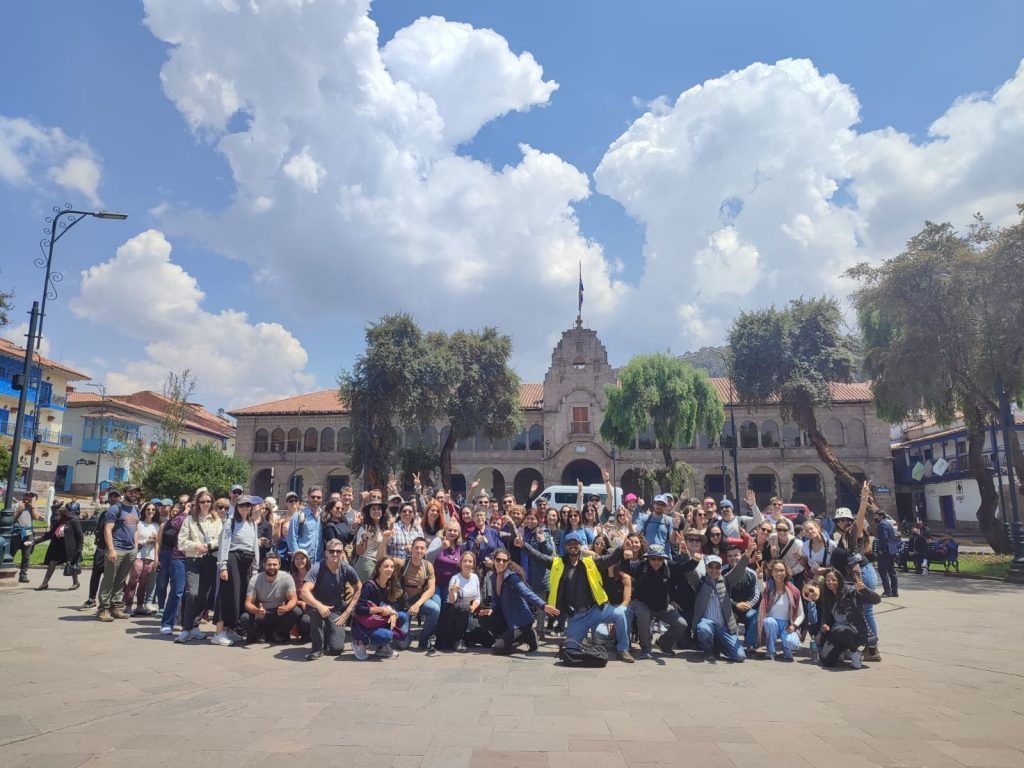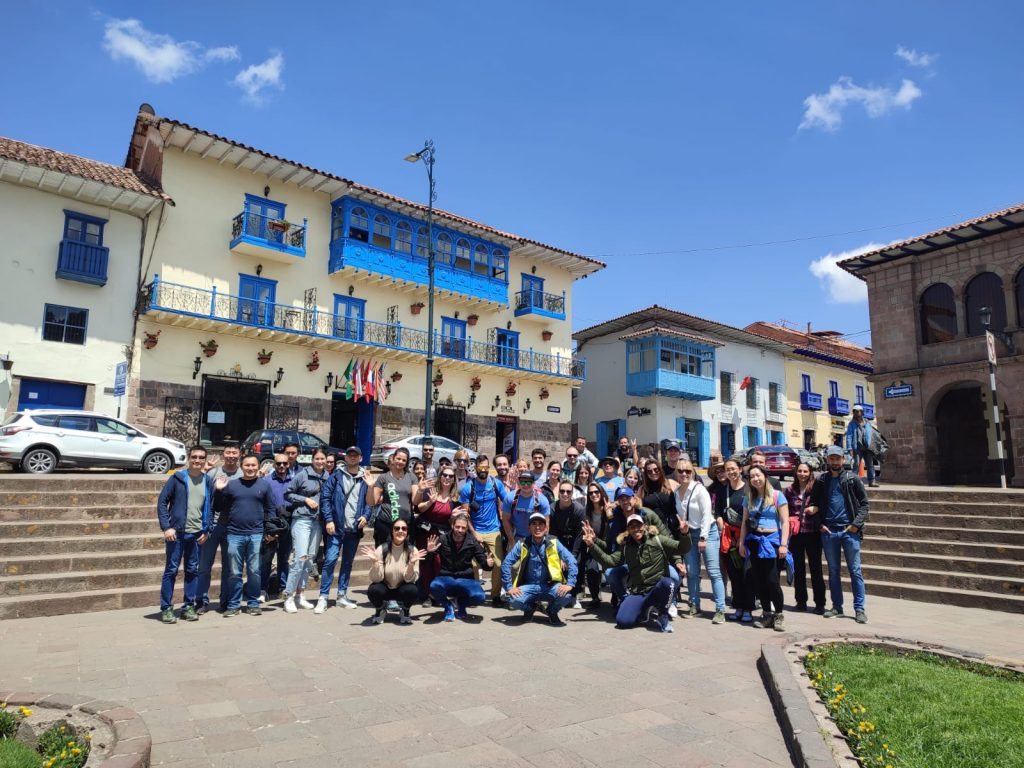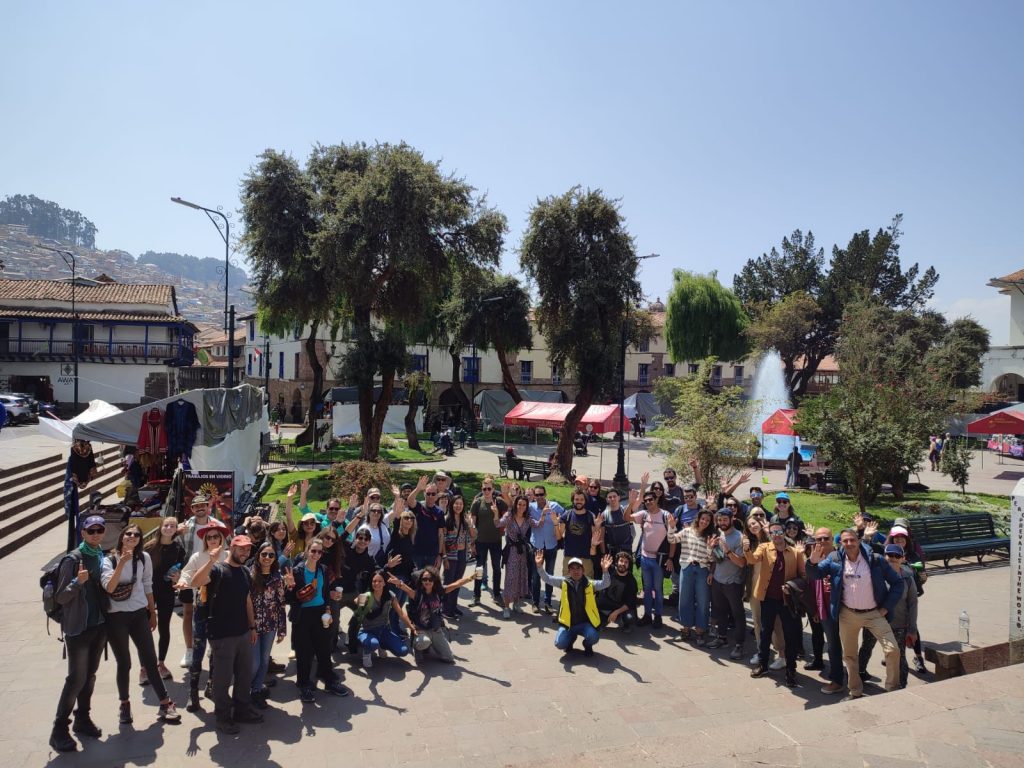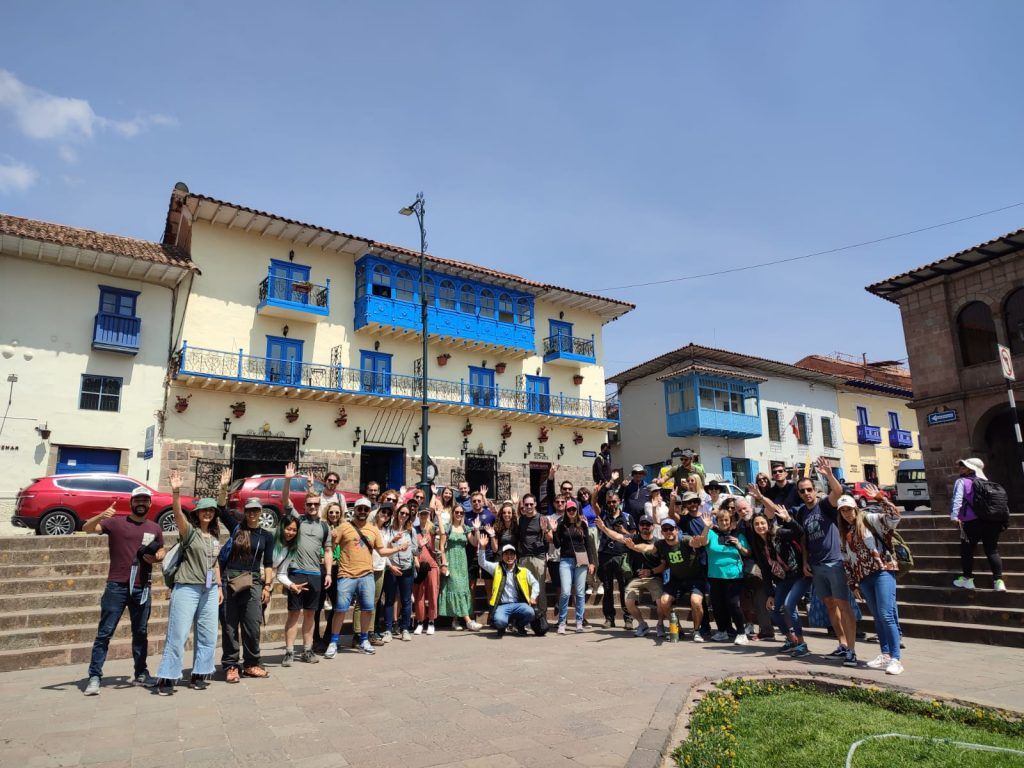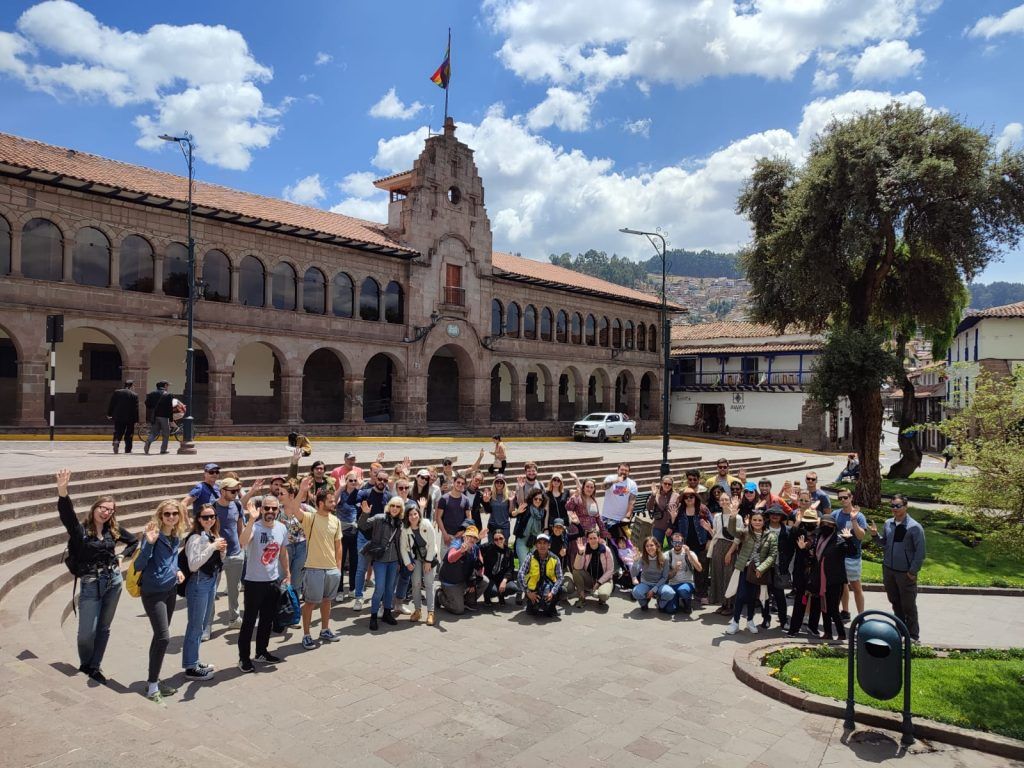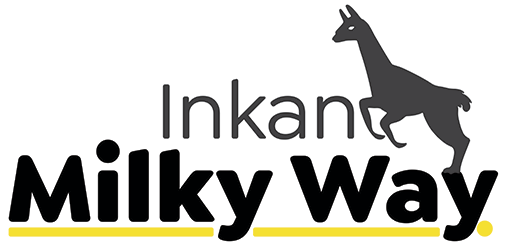Cusco is a city where a lot of historical events happened therefore it is considered the historical capital of Peru and it has a lot of museums that keep both the Inca and Spanish heritage. We do our best for the dissemination and conservation of those lernning houses—museums. Check out below the 5 best museums that you cann´t miss in Cusco.
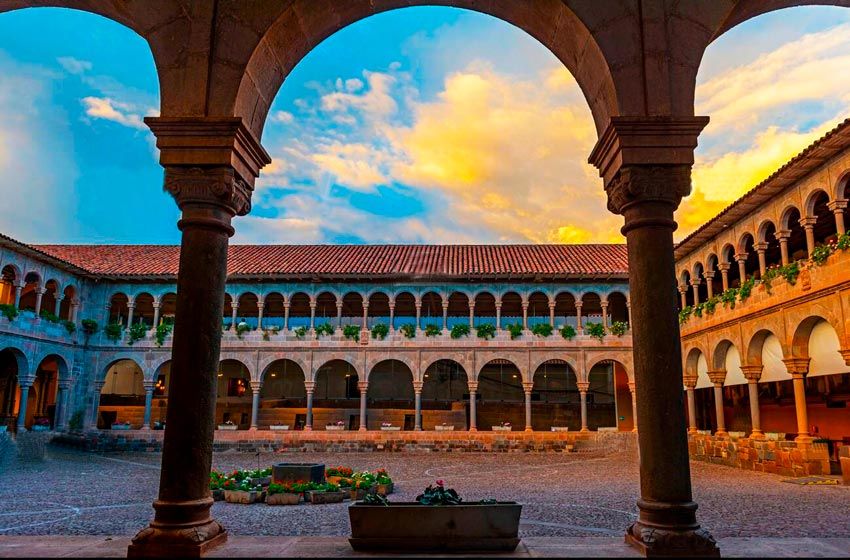
Contents
1. Museum of the Convent of Santo Domingo – Qorikancha
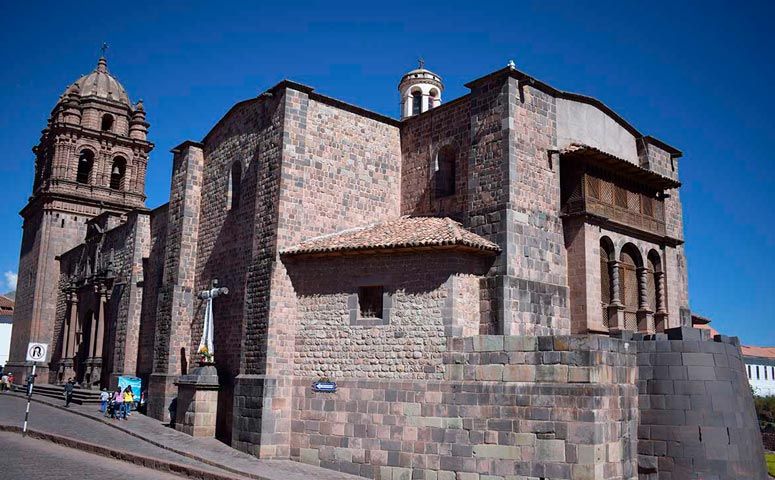
1.1 Temple of Qorikancha
The Coricancha word means the golden enclosure and it was estabilished to worship the Sun God and many other deities. Famous chroniclers such as Inca Garcilaso de la Vega indicated that this temple had a religious and political character.
The most important feature of the museum is its Inca and colonial architecture; within these spaces there are enclosures dedicated to pre-hispanic deities such as the rainbow, lightning, the moon and the sun.
1.2 The Church of Santo Domingo de Guzman
This church is located in the heart of Cusco, it was built over the oldest temple that the Incas used to venerate their deities.
The importance of this church lies in its colonial architecture of baroque style and pictorial art.
En 1950 ocurrió un terremoto en la ciudad del Cusco, dicho evento afecto dramáticamente a la iglesia dominica; sin embargo, las construcciones incas del Qorikancha resistieron debido a que los muros incas son inclinados.
There was an earthquake that happened in 1950 in Cusco city, this event dramatically affected the Dominican church; however, the Inca constructions of the Qorikancha resisted because the Inca walls are anti-seismic.
1.3 The Plaque of Juan de Santacruz Pachacuti Yamqui Salacamaygua
Inside the museum there is a gold plaque that was studied by Juan de Santacruz Pachacuti Yamqui Salacamaygua, this chronicler affirms that Manco Capac put this plaque in the Qorikancha temple representing the image of God Viracocha Pachayachachi (The gog creator of everything in this world).
1.4 Picture Gallery
La mayoría de las pinturas están relacionadas a la vida del Santo Domingo de Guzmán y muchas de ellas fueron pintadas por artistas mestizos e indígenas quienes pertenecían a la famosa escuela cusqueña de arte.
Most of the paintings are related to the life of Santo Domingo de Guzman and many of them were painted by the mestizo and indigenous artists who belonged to the famous Cusco school of art — La Escuela Cuzqueña.
There are also ivory sculptures of religious style.
1.5 Details
- Location
- Price
- Plain ticket: 15 Soles per person
- Schedule
- 8:00 am to 5:00 pm
2. Inka Museum: Museum of Archaeology
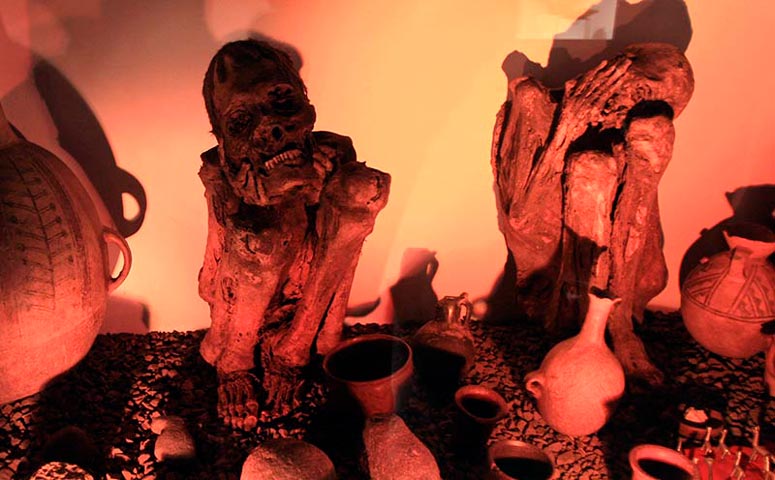
It is one of the most important museums in Peru, this museum has a large collection of archaeological pieces of the Inca Empire, as well as art and architecture of the colonial era.
The archaeological pieces stand out for the variety of historical periods they represent.
2.1 History
It was originally called Museo de Arqueología y Etnografía but then it was renamed as Museo Inca in 1874.
The building that houses this museum is known as Casa del Almirante, a building from colonial times.
2.2 The Manor House
This colonial mansion was built in 1629 and belonged to Francisco Alderete Maldonado and stands out for its colonial and moorish architecture. In the upper part of the main door stands out a lintel carved in stone representing the heraldic coat of arms of the Alderete and Maldonado families.
Inside you can see a huge courtyard surrounded by semicircular arches.
2.3 The Museum
In the hall of the first floor, there is a display of artifacts from the pre-Inca pieces of the Chimú, Chancay, Mochica, Nazca and Chavín Cultures. In this same room are also represented pre-Inca cultures of the highlands as Pucara, Tiwanaku and Collao.
On the second floor there are different rooms, in the first one there are slideshows that represent scenes of the daily life of the Andean man in the different latitudinal floors.
On the second floor you can also observe pieces of pre-hispanic cultures of the valley of Cusco like the Marcavalle, Chanapata, Qotakalli, Wari and Lucre.
Y por último se muestra la colección de aríbalos decorados y perfectamente conservados donde se aprecian representaciones agrícolas.
And finally, a collection of decorated and perfectly preserved aríbalos are shown where you can also see representations of agricultural events from the pre-hisoanic times.
2.4 Details
- Location
- Price
- Plain ticket: 10 Soles per person
- Schedule
- 8:00 am to 6:00 pm
3. Pre-Columbian Art Museum
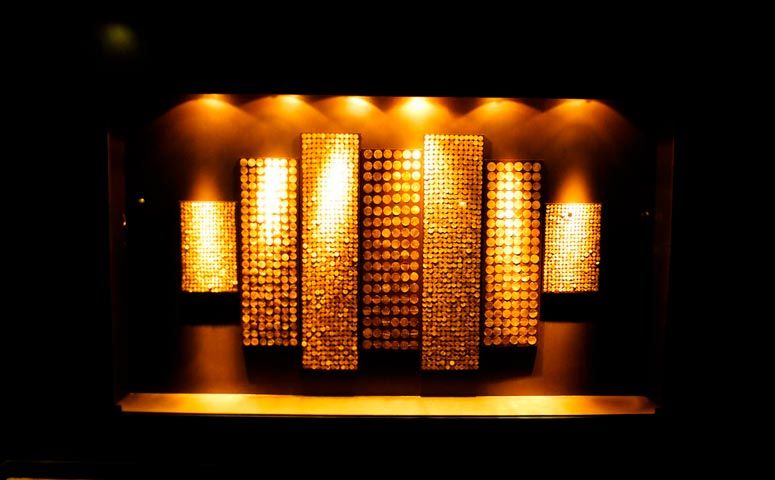
This museum arose after the BBVA Foundation’s initiative to rebuild the Casa Cabrera and turn it into a space for cultural diffusion, thus creating the Pre-Columbian Art Museum, a museum specializing in the exhibition of archaeological pieces from pre-Inca cultures.
3.1 Cabrera house
- The Casa Cabrera is more than 500 years old and during the Inca period this was the place where it was located the Yachay Wasi or House of Knowledge.
- Later, when the Spaniards arrived, the lot was divided and this space belonged to Alonso Días and later on it became the Monastery of Santa Clara.
- In the 17th century, the colonial mansion was acquired by Don Jerónimo Luis de Cabrera.
- This building was built with adobe, eucalyptus wood and green diorite. The façade shows the neoclassical porticos and the heraldic emblem of the Cabrera family.
- The walls are made of adobe with a gable roof that protects the building from the rains.
- In 1908 the Casa Cabrera passed into the hands of the Salesian catholic order, after the earthquake of 1950 the house suffered damages that the catholic order could not afford, which is why they decided to sell it to the BBVA foundation in 1981.
- In 1972 it was declared a historical monument of Peru.
3.2 The BBVA Foundation Museum
The BBVA Foundation bought the Cabrera house in order to recover the historical and monumental value of the building and at the same time take advantage of the space to turn it into a museum.
The museum has different rooms where pottery, gold and silver work from different cultures are exhibited, you will explore the Nazca room, the Mochica room, the Huari room, the Chimú-Chancay room and the Viceroyalty of Peru room.
In addition to those rooms, there are also areas for an art gallery, the auditorium and the permanent exhibitions.
3.3 Details
- Location
- Price
- Plain ticket: 20 Soles per person
- Students: 10 Soles per person
- Schedule
- 9:00 am to 8:00 pm
4. Casa Concha: Machu Picchu Museum
The Casa Concha Museum was built in the 18th century during the Spanish occupation, the museum is located on the grounds of the old Inca palace of Pukamarka that belonged to the tenth emperor known as Tupaq Inca Yupanqui.
The museum has a collection fo more that four thousand of ceramics and human remains found in Machu Picchu citadel by Hiram Bingham III in 1911.
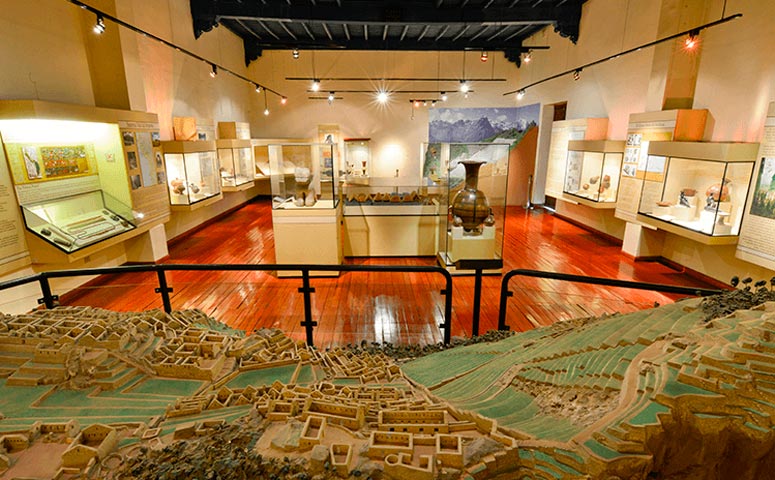
4.1 The Concha Colonial House
This property was built on the palace of the ninth governor named Tupac Inca Yupanqui and during the colonial era it belonged to Márquez Diego Santiago de Concha y Salvatierra.
la casa le pertenecía al Márquez Diego Santiago de Concha y Salvatierra.
Indoor the house there are has 4 patios and a canchón—enclousure; the walls are decorated with mural paintings from the XVIII century, they represent saints such as San Cristóbal and San Miguel Arcángel and there are also representations of fruits and birds. This house was declared a historical heritage of the nation in 1972.
4.2 The Machu Picchu Museum
In 2001, the Peruvian government donated this house to the National University of San Antonio Abad del Cusco, whose institution, together along with the Yale University committed to preserve the objects and archaeological pieces found in the expedition of the historian Hiram Bingham to Machu Picchu in 1911.
In this museum you will find four types of collections:
- The 1912 collection by Hiram Bingham: Here you will find pieces from the colonial era that belonged to the Casa Concha
- The interactive room: You will find videos, audio and dioramas of MP, they explain the history and discovery of Machu Picchu by Hiram Bingham in 1912
- The Photo Room: Here you will find the first photographs taken by Hiram Bingham III in 1911
- The room of Inca remains: Here you will find a collection of pottery, clay and wood glasses, looms, bone remains and Inca goldsmiths
4.3 Details
- Location
- Calle Santa Catalina Ancha S/N
- Prices
- Plain ticket: 20 Soles per person
- Students: 5 Soles per person
- Schedule
- 9:00 am to 5:00 pm
5. Regional Historical Museum of Cusco: Casa Garcilaso
5.1 The Garcilaso House
The Garcilaso House is a colonial building that dates back to the sixteenth century and is one of the most important spanish buildings in the hisotoric center of Cusco city.
The house was ordered to be built by Captain Sebastián Garcilaso de la Vega, later on inherited to his son—Inca Garcilaso de la Vega who is considered the most famous Peruvian chronicler— due to his objective narrative about the history of the Incas, he is also considered the father of Peruvian literature.
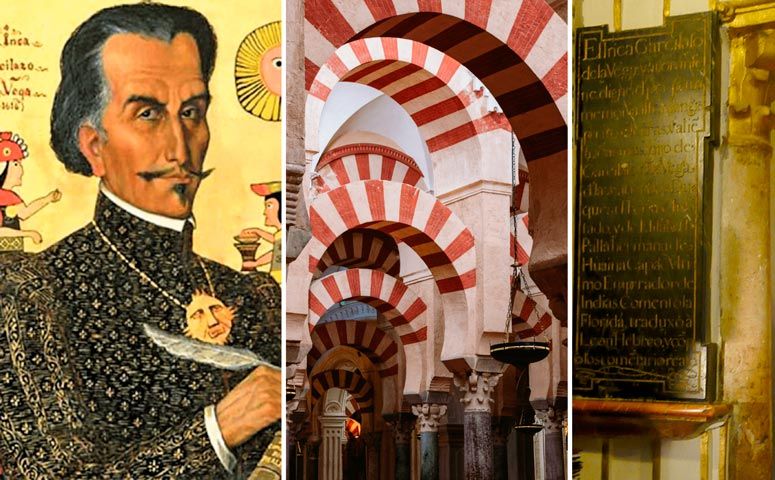
5.2 The Regional Historical Museum
Without a doubt, the most striking exhibition that this museum houses belongs to the ceramic collection of the Inca Empire, you will also find paleontological and archaeological pieces that are arranged chronologically in order to show the regional history of Cusco at different times since our origin to the present.
The viceregal era has inherited us a collection of oil paintings from the famous Cusco school of Art with Mannerist and Baroque artistic styles — you will also see objects and furniture from the house of Inca Garcilaso de la Vega. Adittionally, this museum has themed rooms dedicated to the famous indigenous revolutionary known as Tupac Amaru II.
5.3 Details
- Location
- Calle Heladeros S/N, referencia: Casa del Inca Garcilaso de la Vega
- Price
- You need to buy the boleto turístico
- Schedule
- 9:00 am to 5:00 pm
Join the most prominent FREE tours in Cusco
Si te encuentras en Cusco, reserva con nosotros el mejor free tour Cusco, reserva aquí, chequear fotos en Instagram y ver miles de comentarios aquí.
If you are in Cusco, book with us the best free tour Cusco, Book here, check photos on Instagram and see thousands of comments here.
